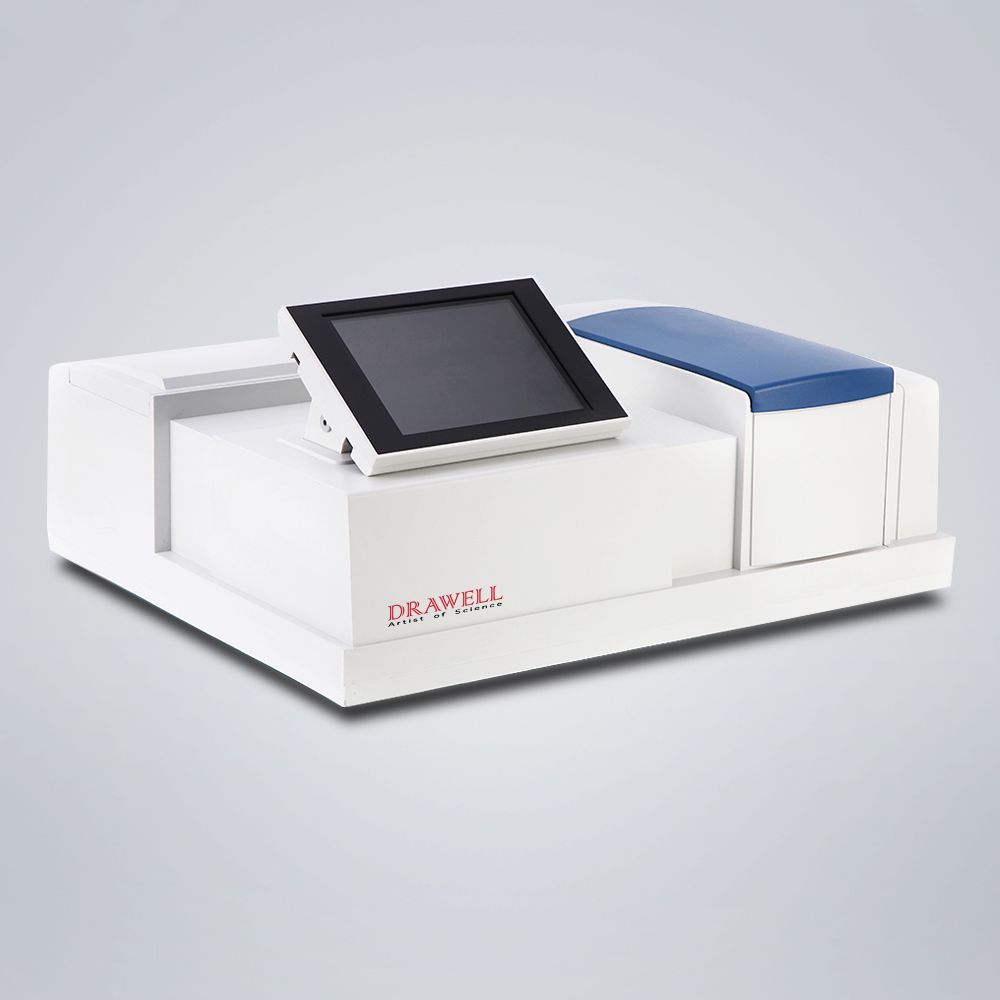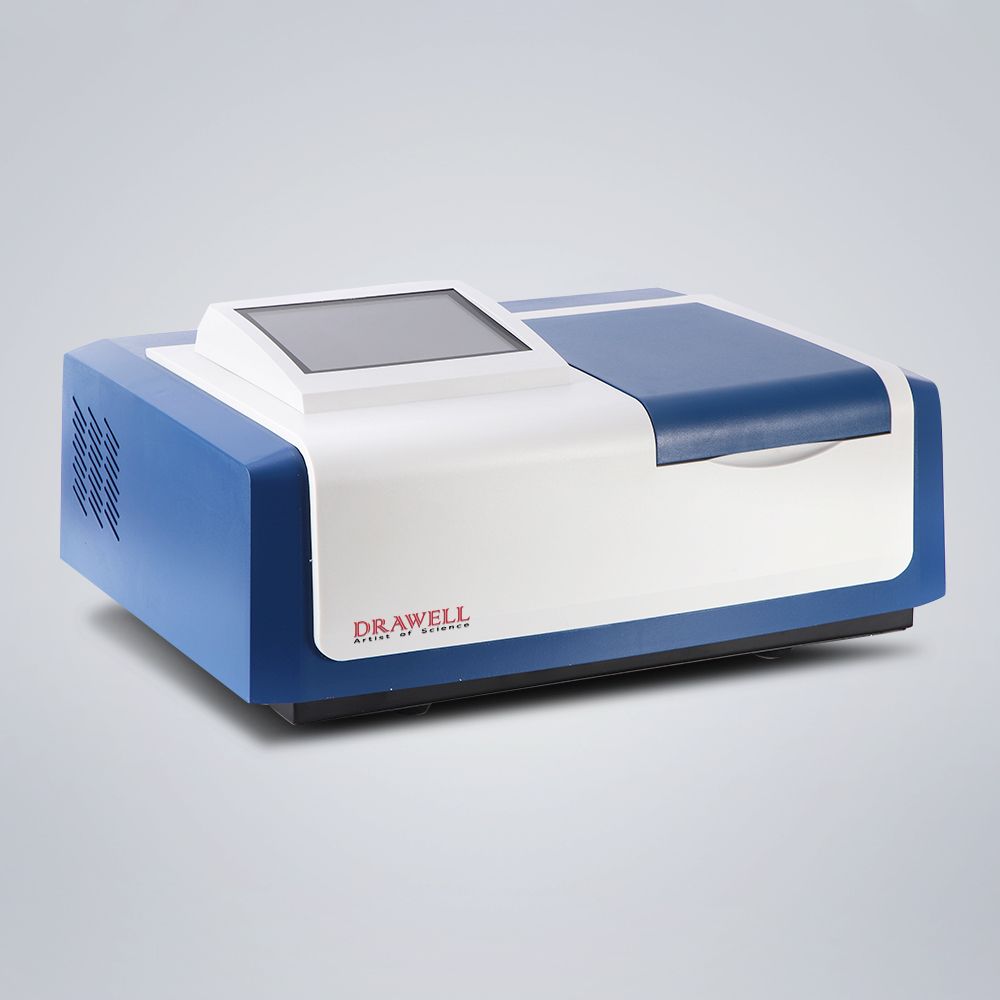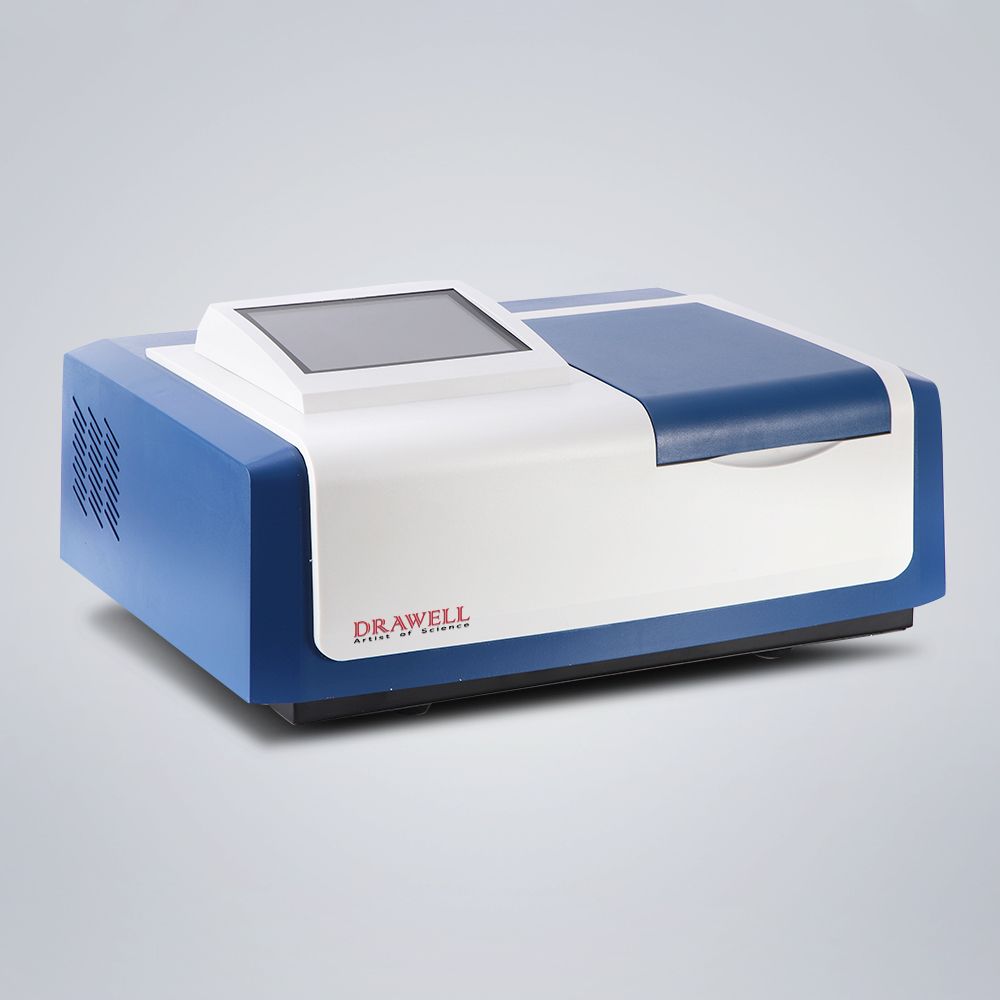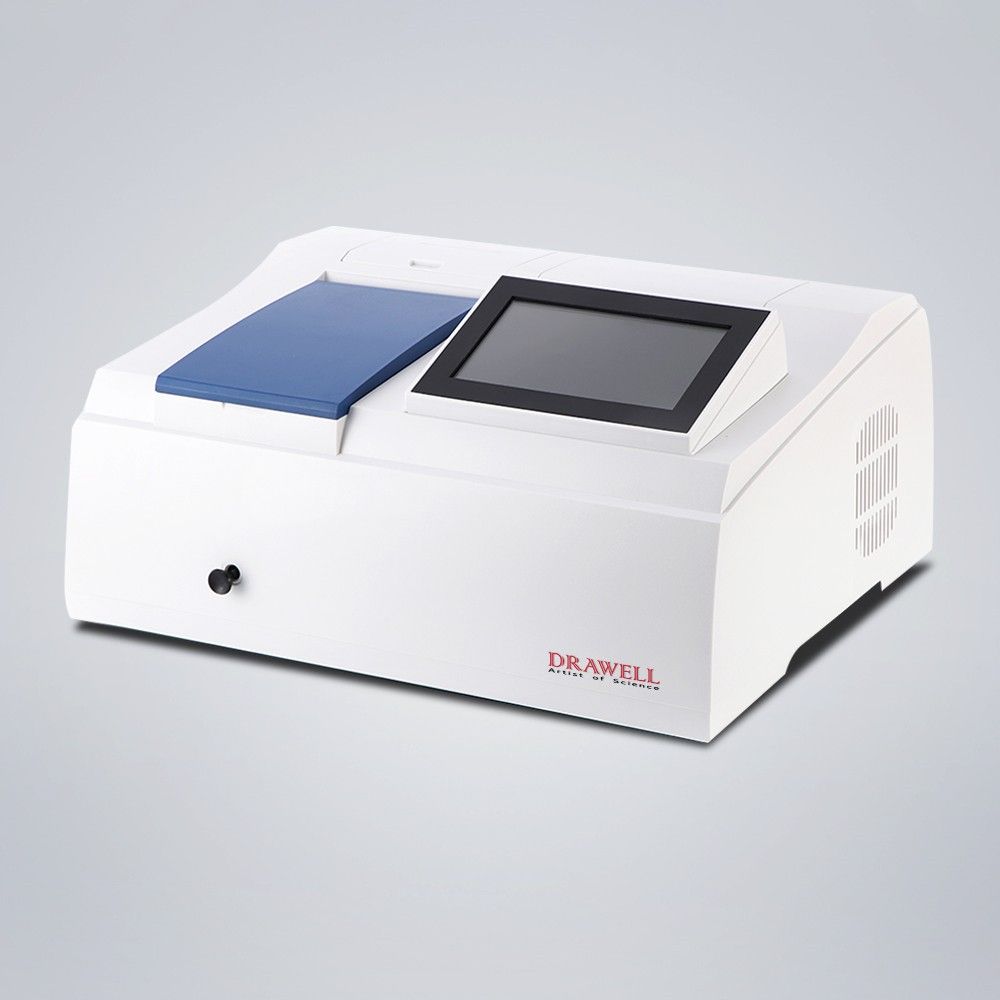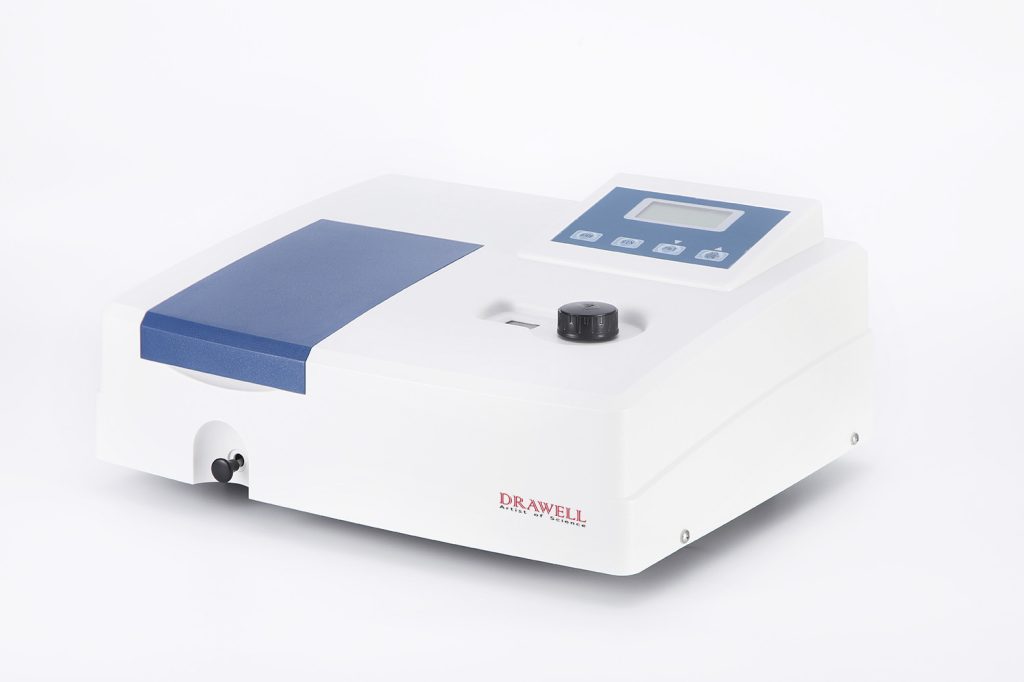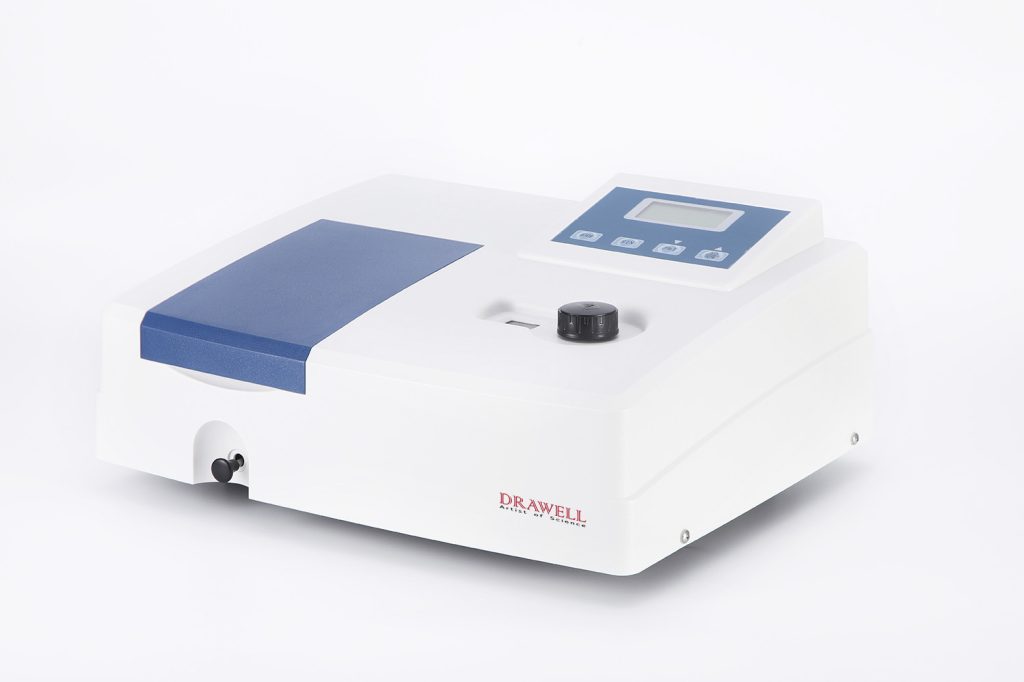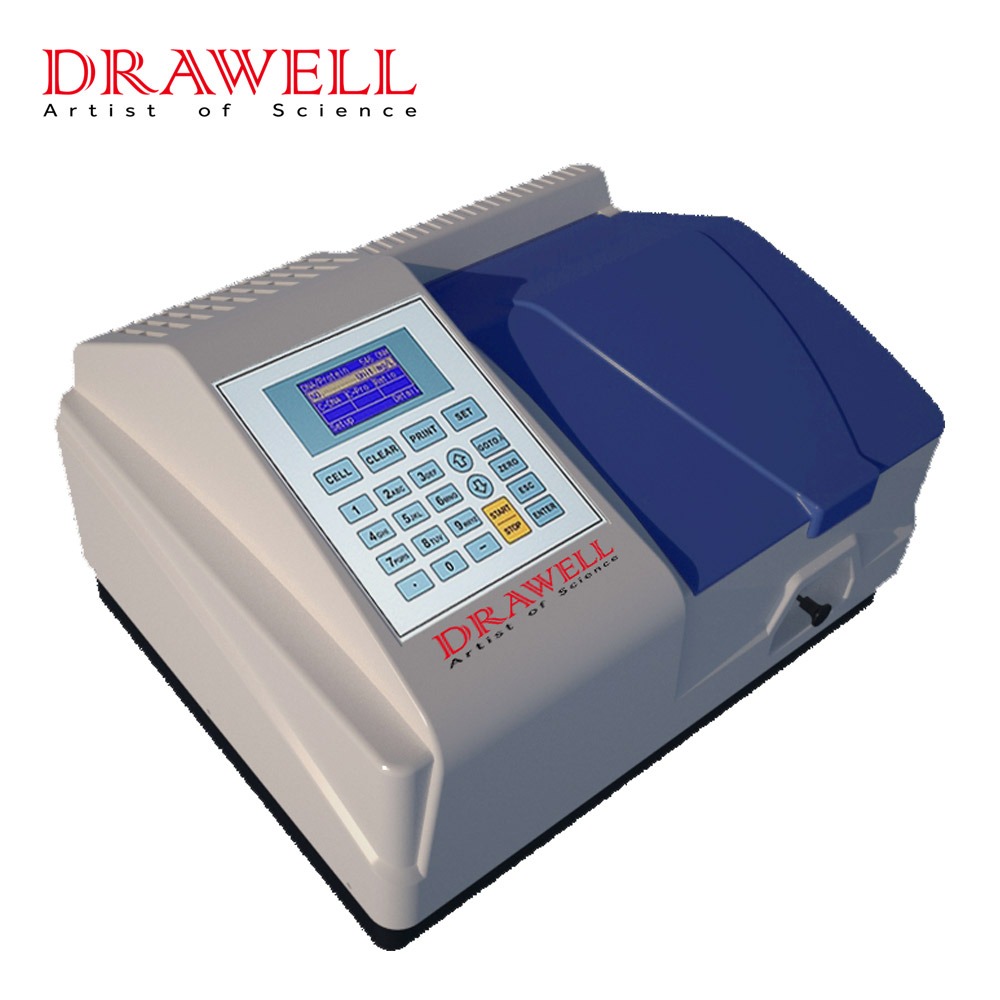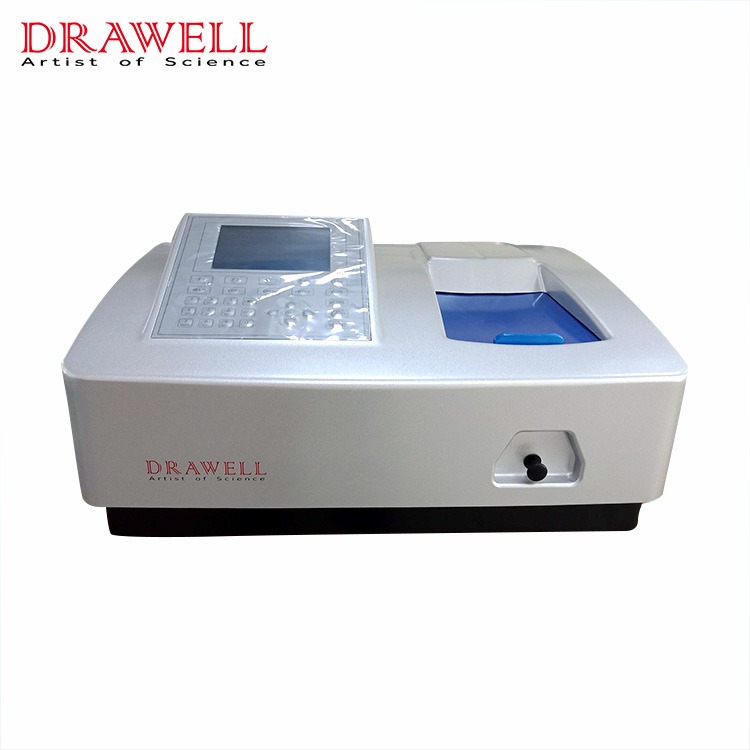In the field of analytical chemistry, UV-Vis spectrophotometers are indispensable tools for studying the interaction of light with matter. These instruments allow scientists and researchers to measure the absorption or transmission of light across the ultraviolet (UV) and visible (Vis) regions of the electromagnetic spectrum. Whether you’re a student conducting experiments in a laboratory or a seasoned scientist analyzing complex samples, understanding how to use a UV-Vis spectrophotometer is crucial for accurate and reliable results. In this article, we will guide you through the essential steps of operating a UV-Vis spectrophotometer, empowering you to confidently explore the world of light-matter interactions and unlock valuable insights in your research.
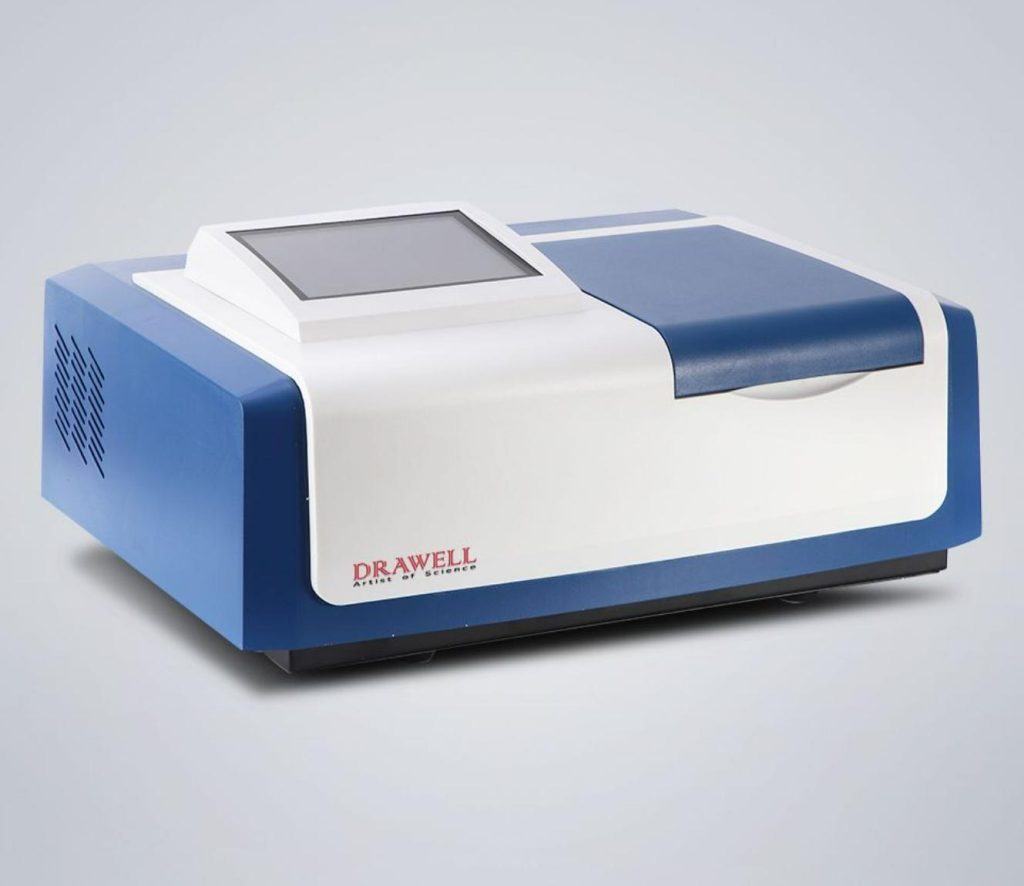
Here Is A General Guide on How to Use A UV-Vis Spectrophotometer:
1. Familiarize yourself with the instrument: Read the user manual provided by the manufacturer to understand the specific features and functions of your UV-Vis spectrophotometer. Ensure that the instrument is in good working condition.
2. Prepare your sample: Depending on your analysis, prepare a sample that is suitable for UV-Vis measurements. This may involve diluting the sample, filtering it to remove particulate matter, or other necessary steps.
3. Set up the instrument: Ensure that the spectrophotometer is properly connected to a power source and turned on. Allow it to warm up if required, as per the manufacturer’s instructions. Set the wavelength range and other parameters specific to your analysis.
4. Blank measurement: Before measuring your sample, it’s important to perform a blank measurement. This involves measuring the baseline absorbance of the solvent or reagent used in your sample, without any analyte present. This establishes a reference point for subsequent measurements.
5. Calibration (if necessary): Depending on your analysis, you may need to calibrate the instrument using appropriate calibration standards. This is especially important when quantitative measurements are required.
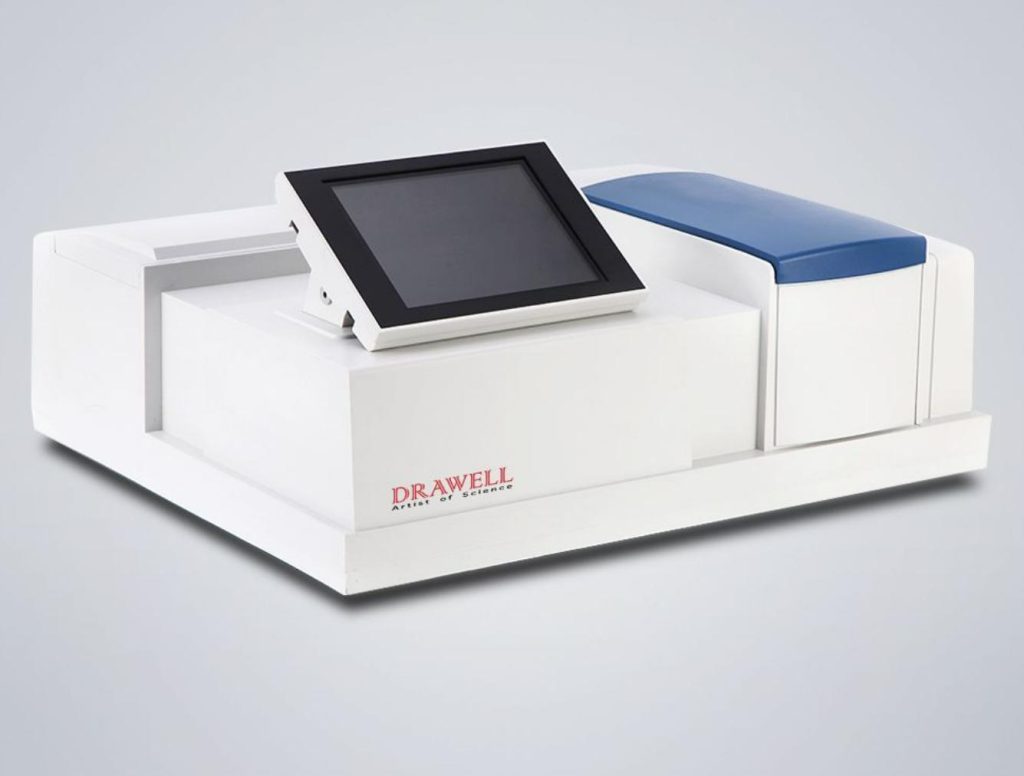
6. Sample measurement: Place the prepared sample into a suitable cuvette, which is a transparent container designed for holding liquid samples. Ensure that the cuvette is clean and free from scratches or defects that may affect the measurement. Insert the cuvette into the sample compartment of the spectrophotometer.
7. Select the desired wavelength: Set the spectrophotometer to the desired wavelength for your measurement. This can typically be done using a control panel or software interface provided with the instrument.
8. Measure the absorbance: Initiate the measurement, and the spectrophotometer will emit light at the selected wavelength through the sample. The instrument will then measure the amount of light absorbed by the sample, which is indicated as absorbance (A). The absorbance value is proportional to the concentration of the absorbing species in the sample.
9. Record the data: Note down the absorbance value obtained from the spectrophotometer. If you’re conducting a series of measurements at different wavelengths, record the data for each wavelength.
10. Analysis and interpretation: Depending on your experiment, you can further analyze the obtained data using appropriate mathematical or statistical methods. Compare the absorbance values to calibration curves or reference data to determine the concentration or other relevant parameters of your sample.
11. Clean up: After completing your measurements, clean the cuvettes thoroughly to remove any sample residues. Follow proper disposal procedures for any chemicals or waste generated during your analysis.
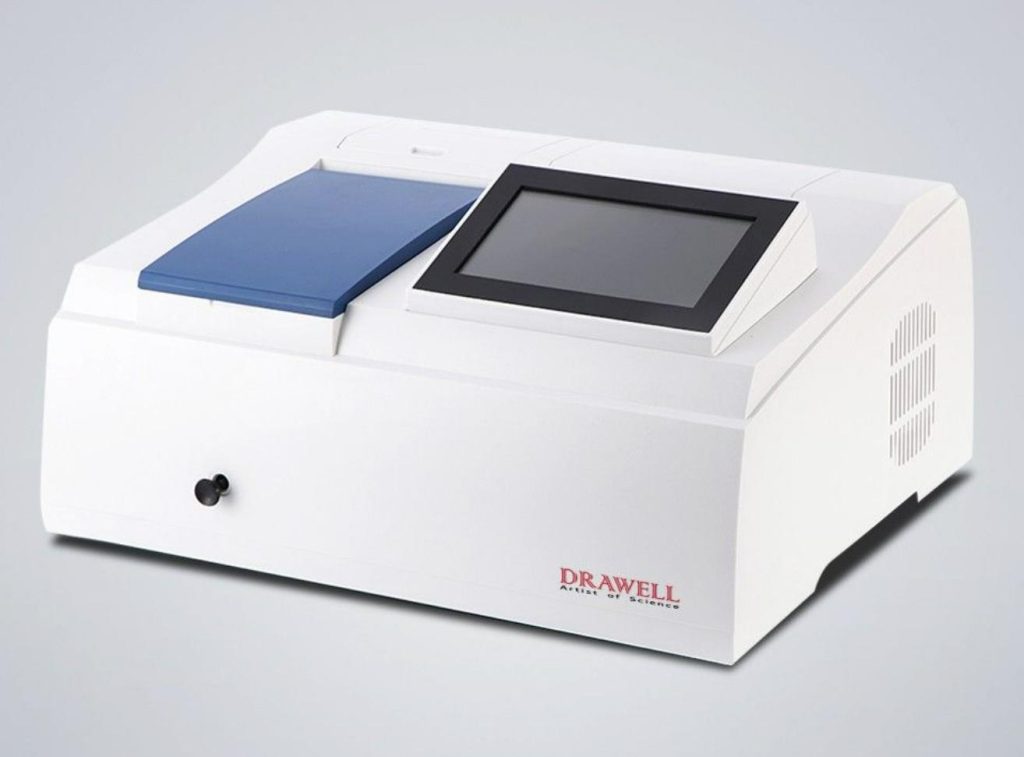
Conclusion
Mastering the use of a UV-Vis spectrophotometer opens doors to a wide range of applications in fields such as pharmaceuticals, environmental analysis, material science, and many more. By following the step-by-step instructions outlined in this article, you can confidently perform measurements, analyze your data, and draw meaningful conclusions. Remember to consult the user manual provided by the manufacturer for specific details about your instrument and its features. With practice and a deeper understanding of the principles behind UV-Vis spectrophotometry, you will be able to leverage this powerful analytical tool to unravel the mysteries hidden within the electromagnetic spectrum, advancing scientific knowledge and contributing to meaningful discoveries in your respective fields.

